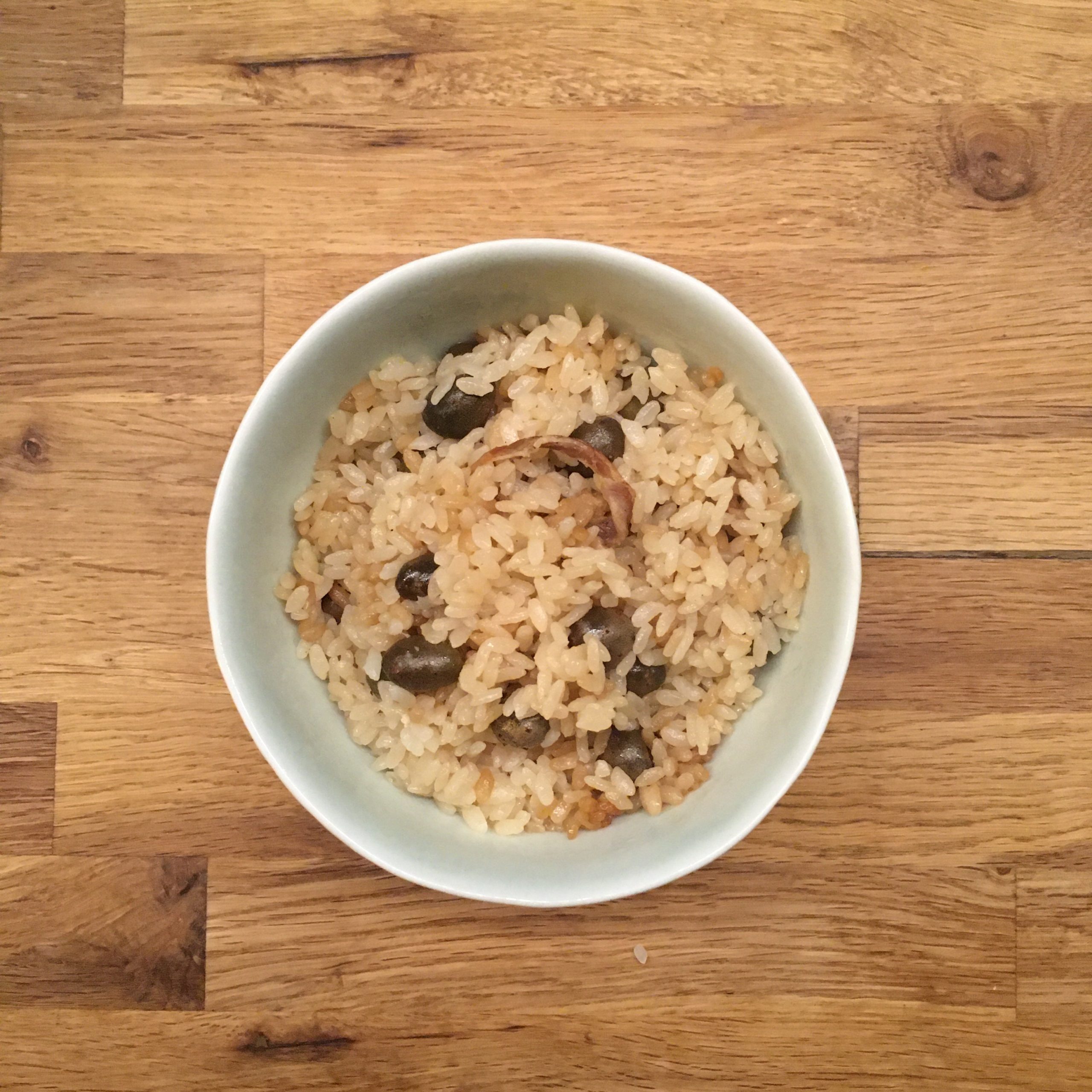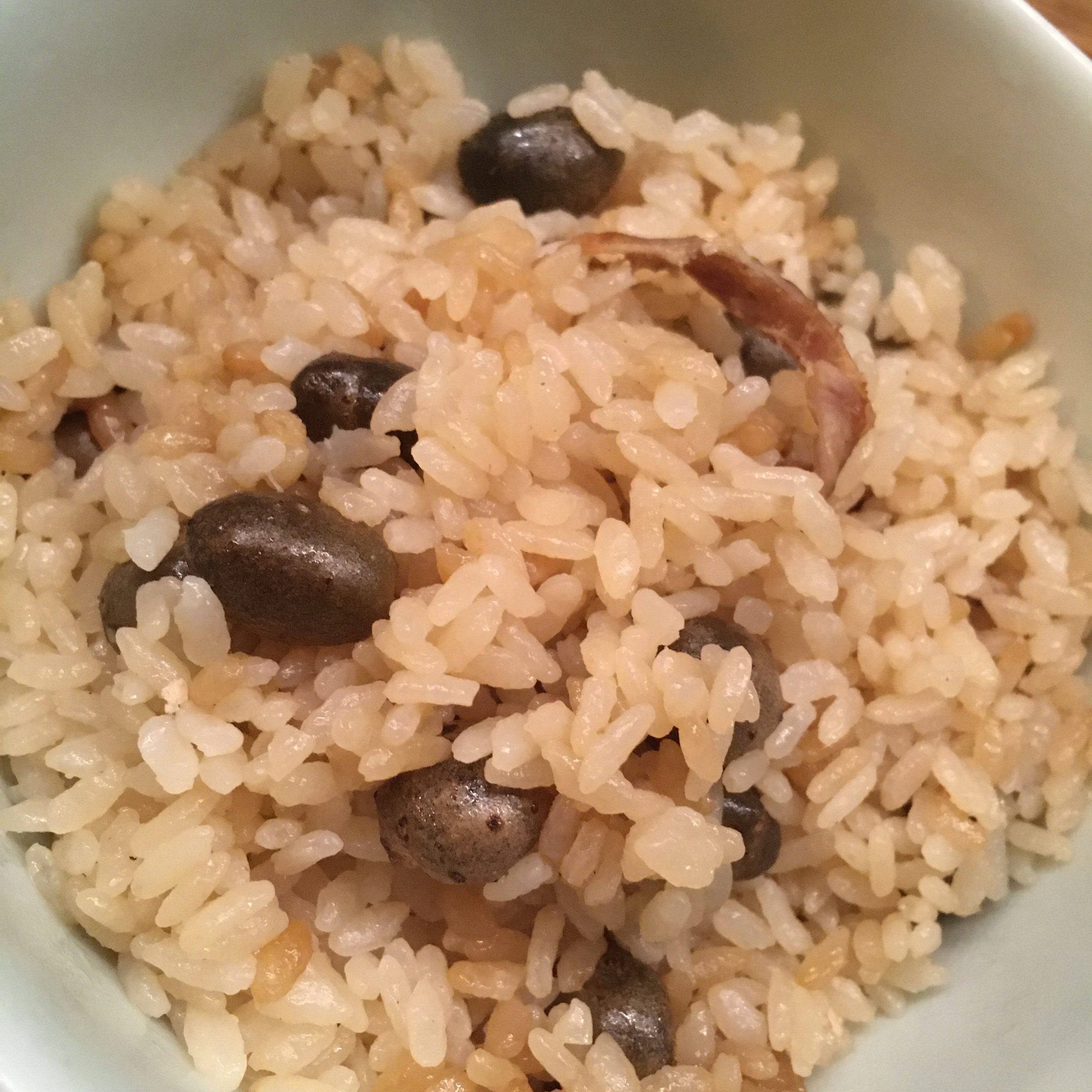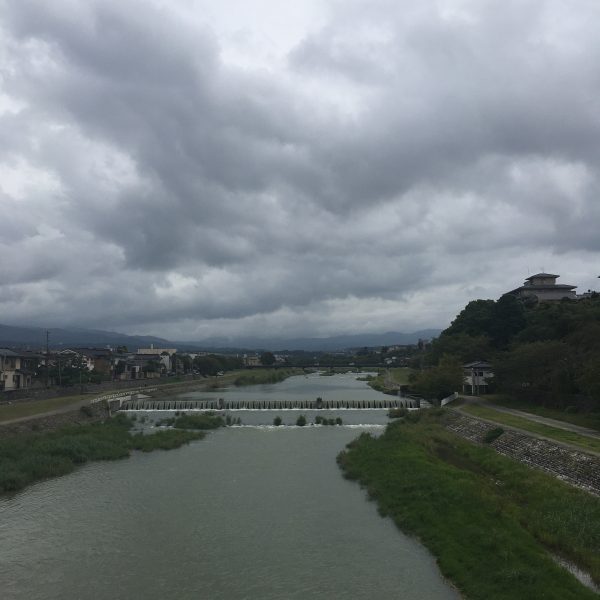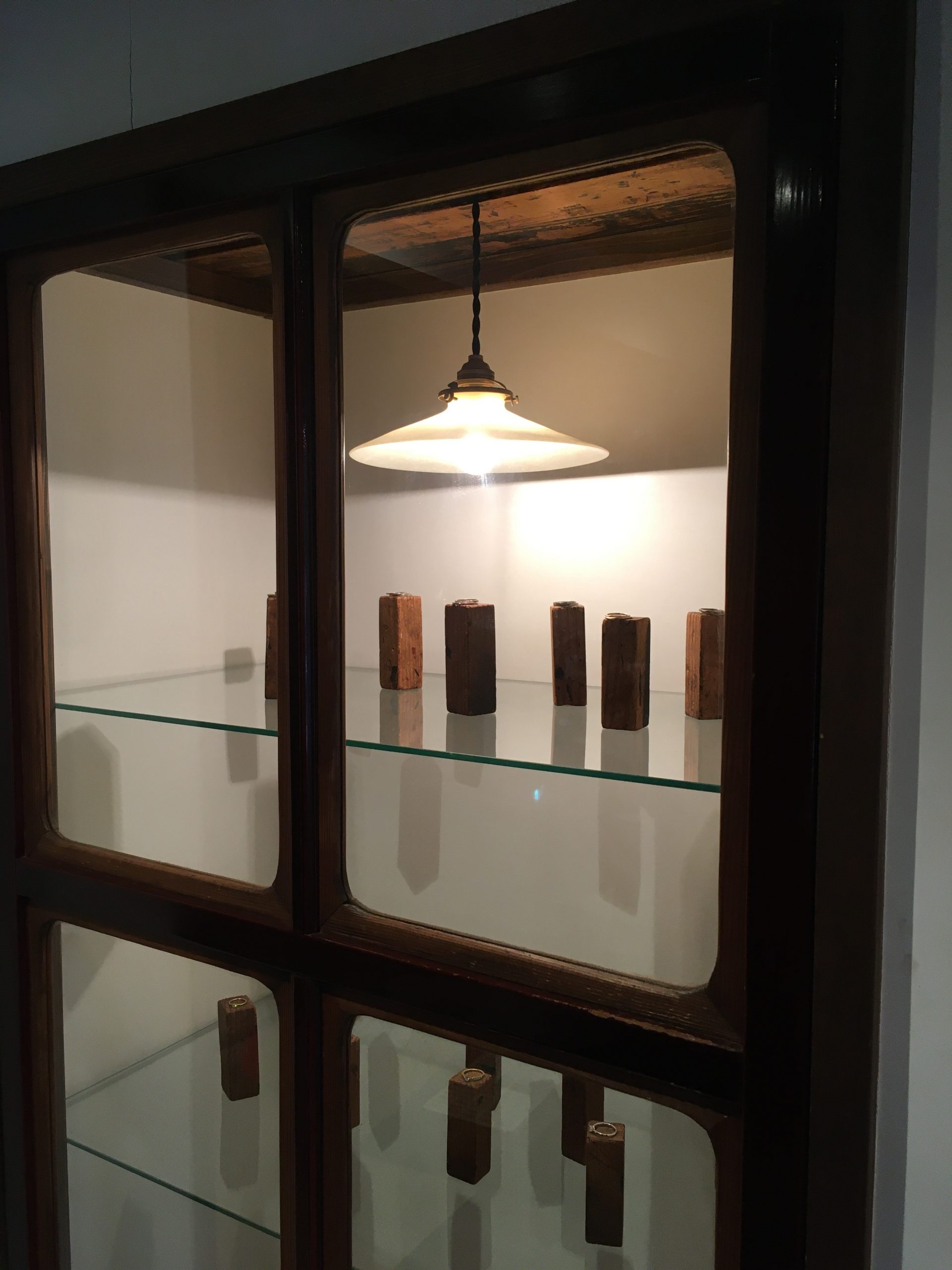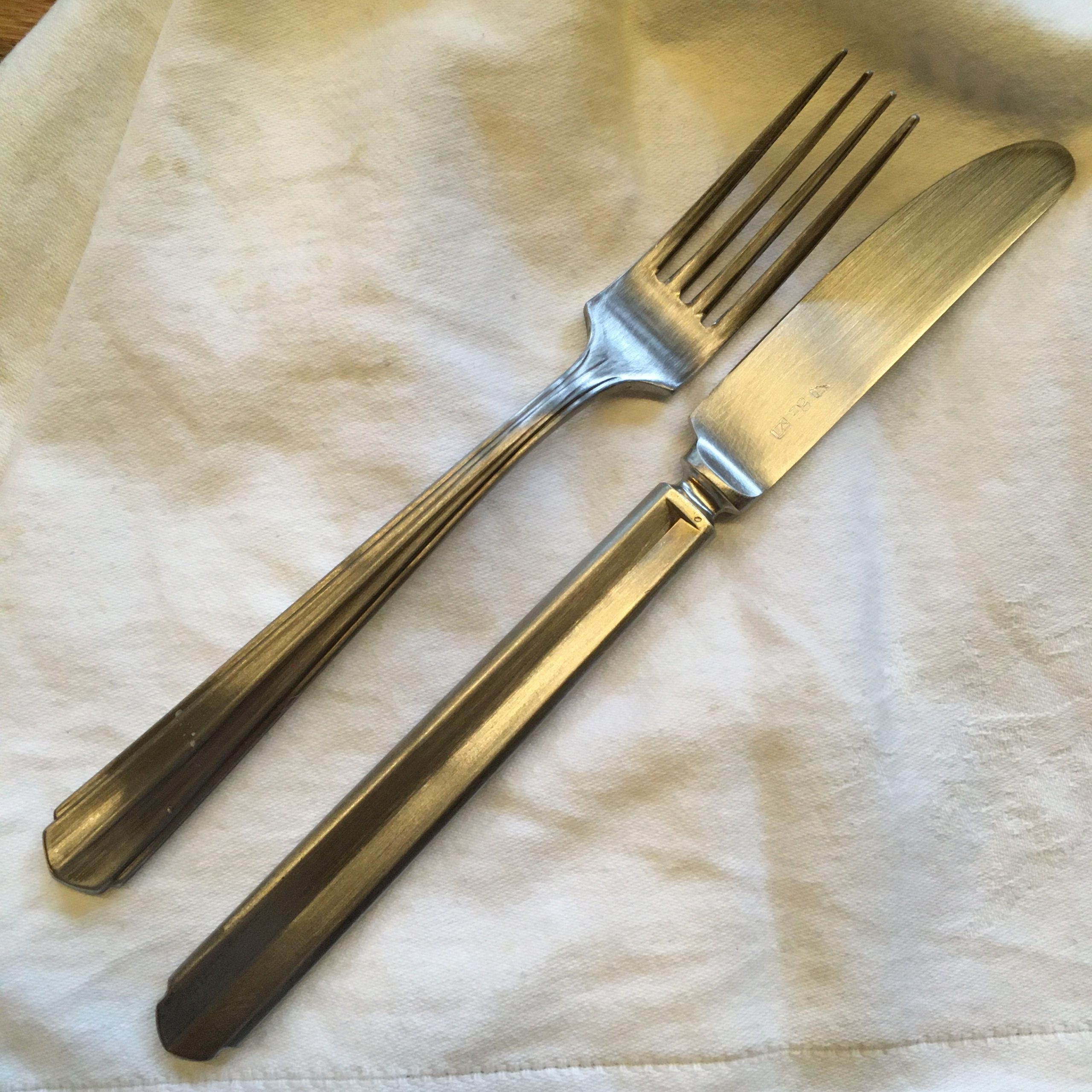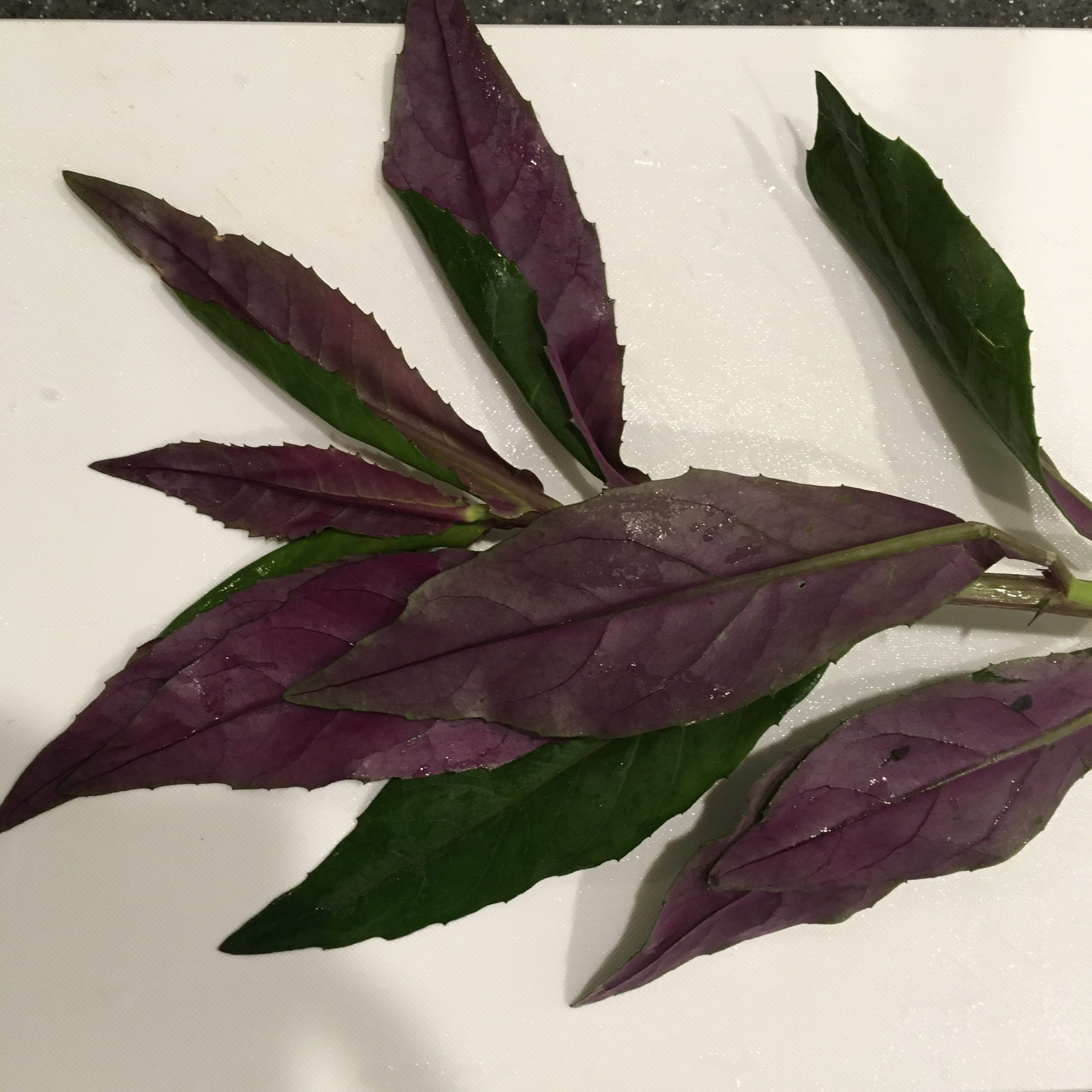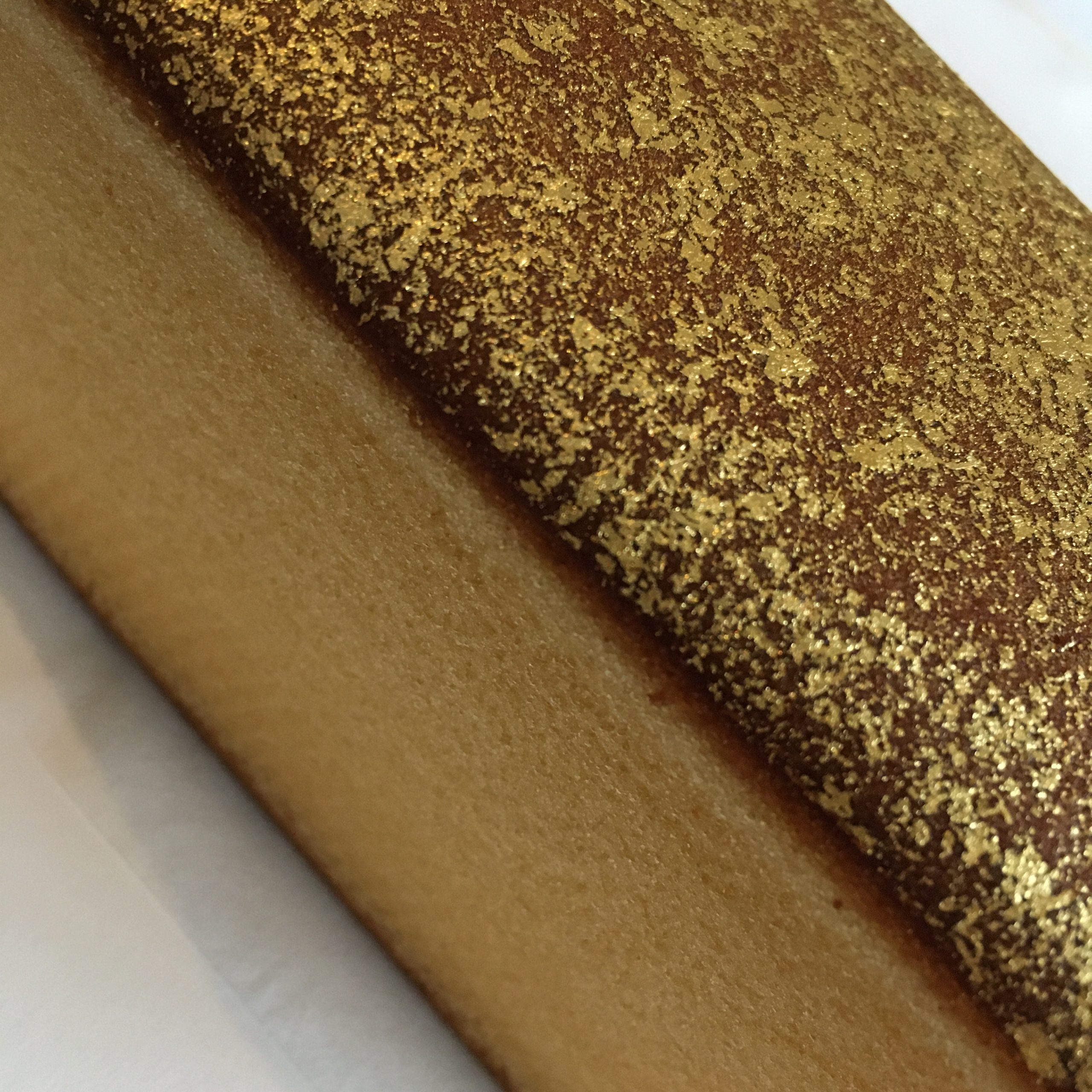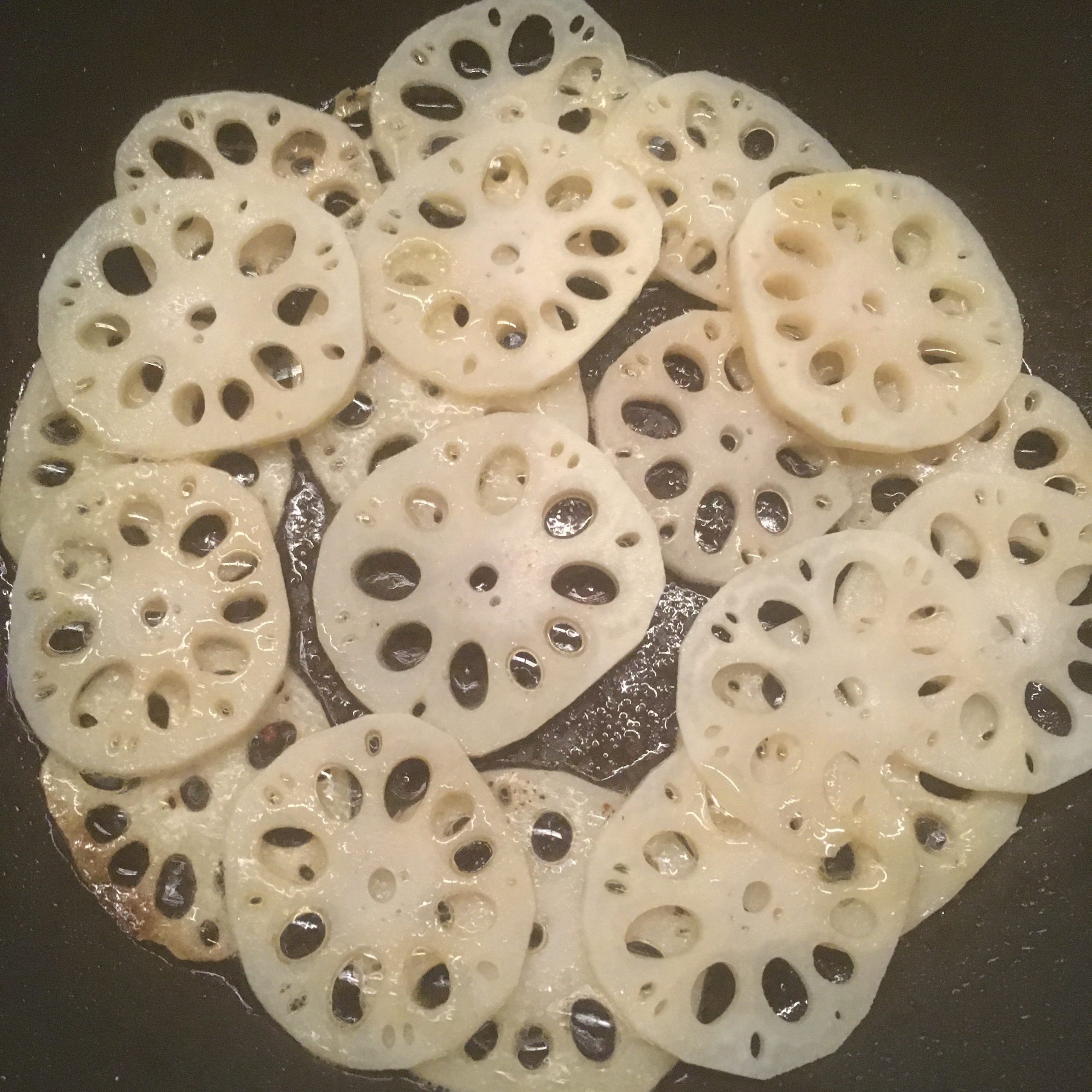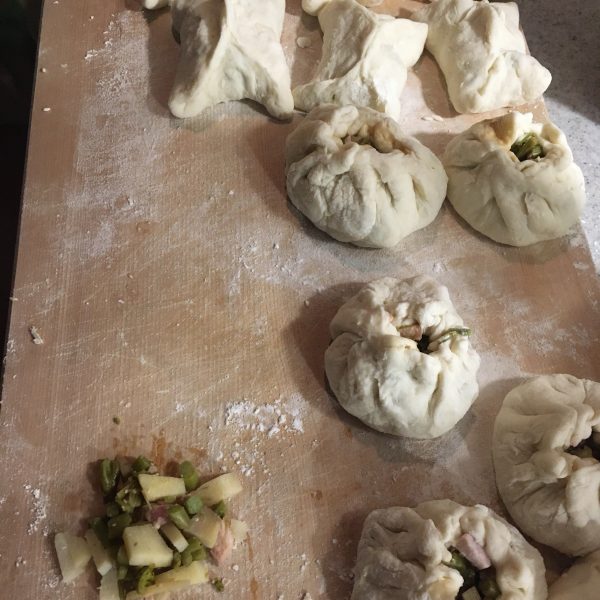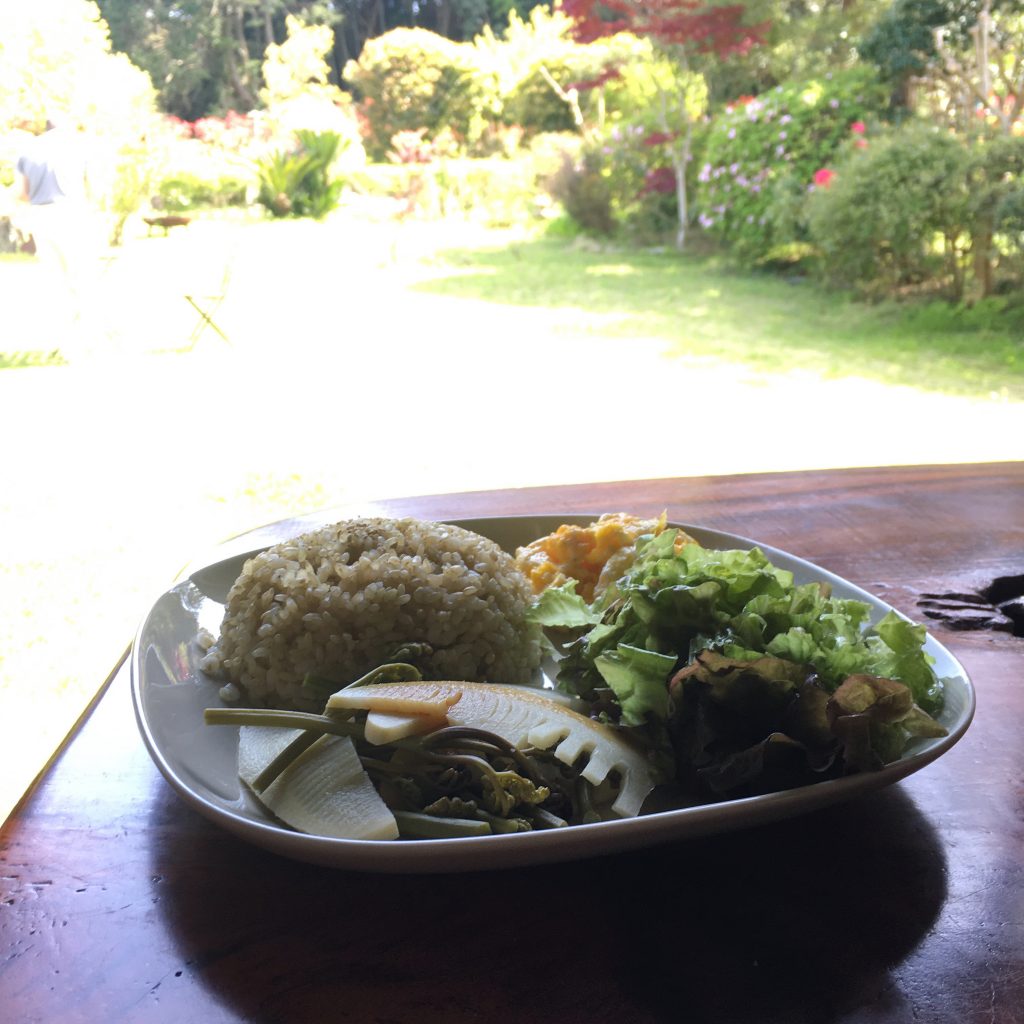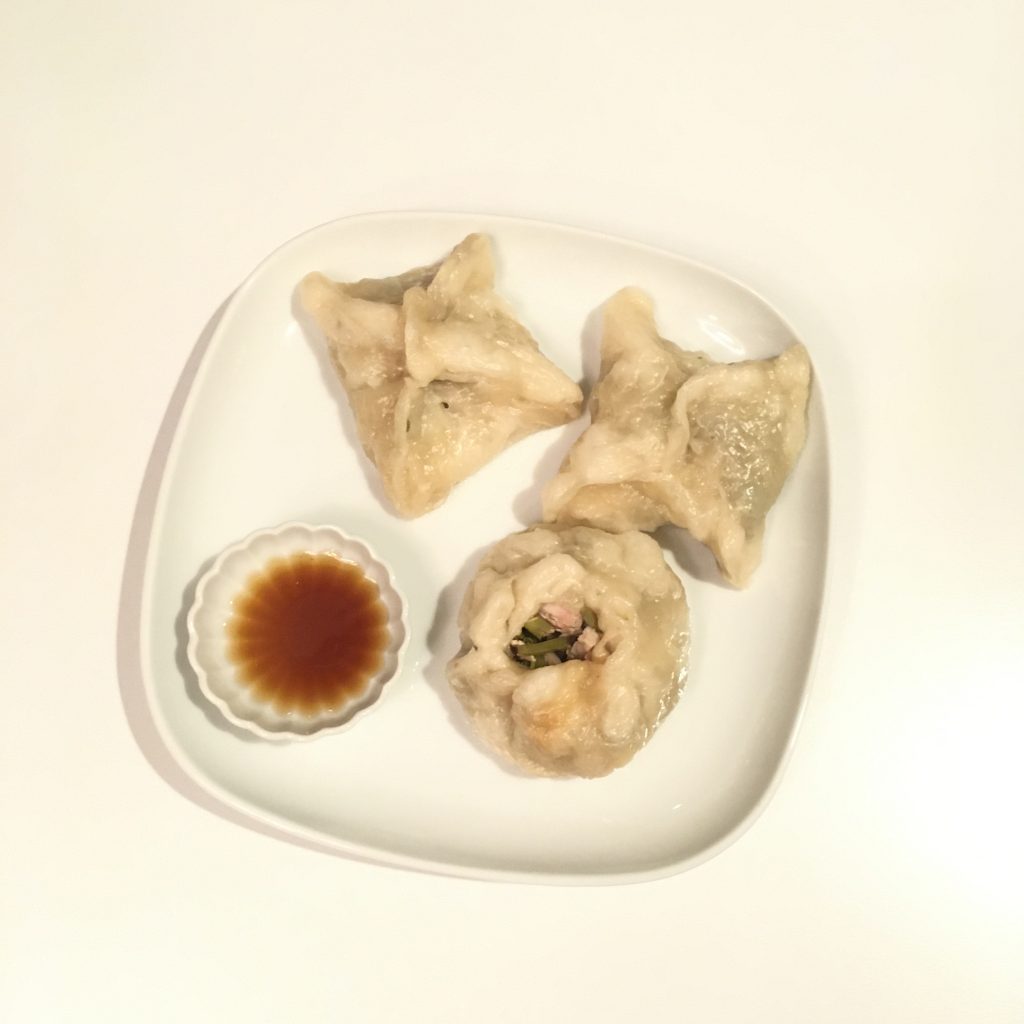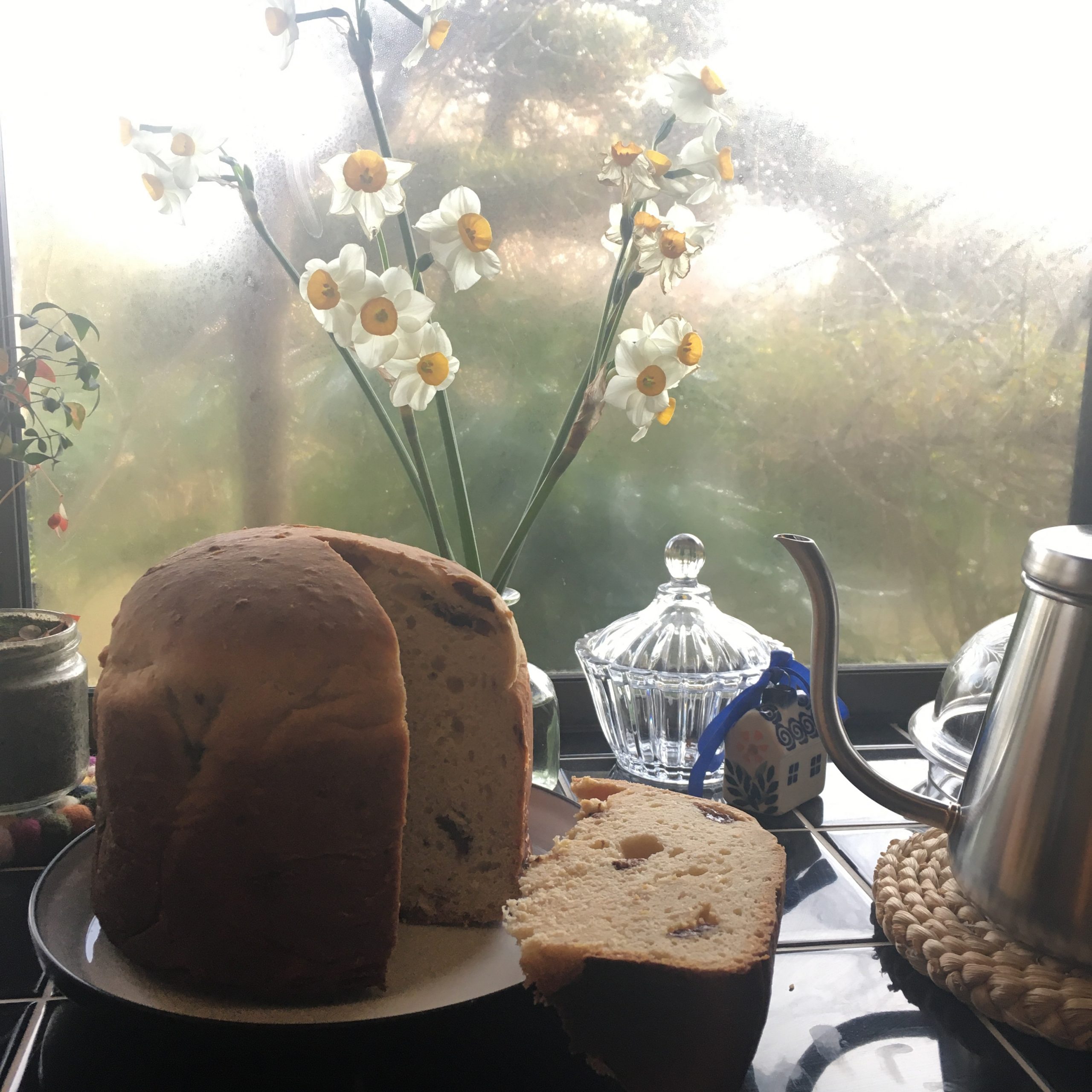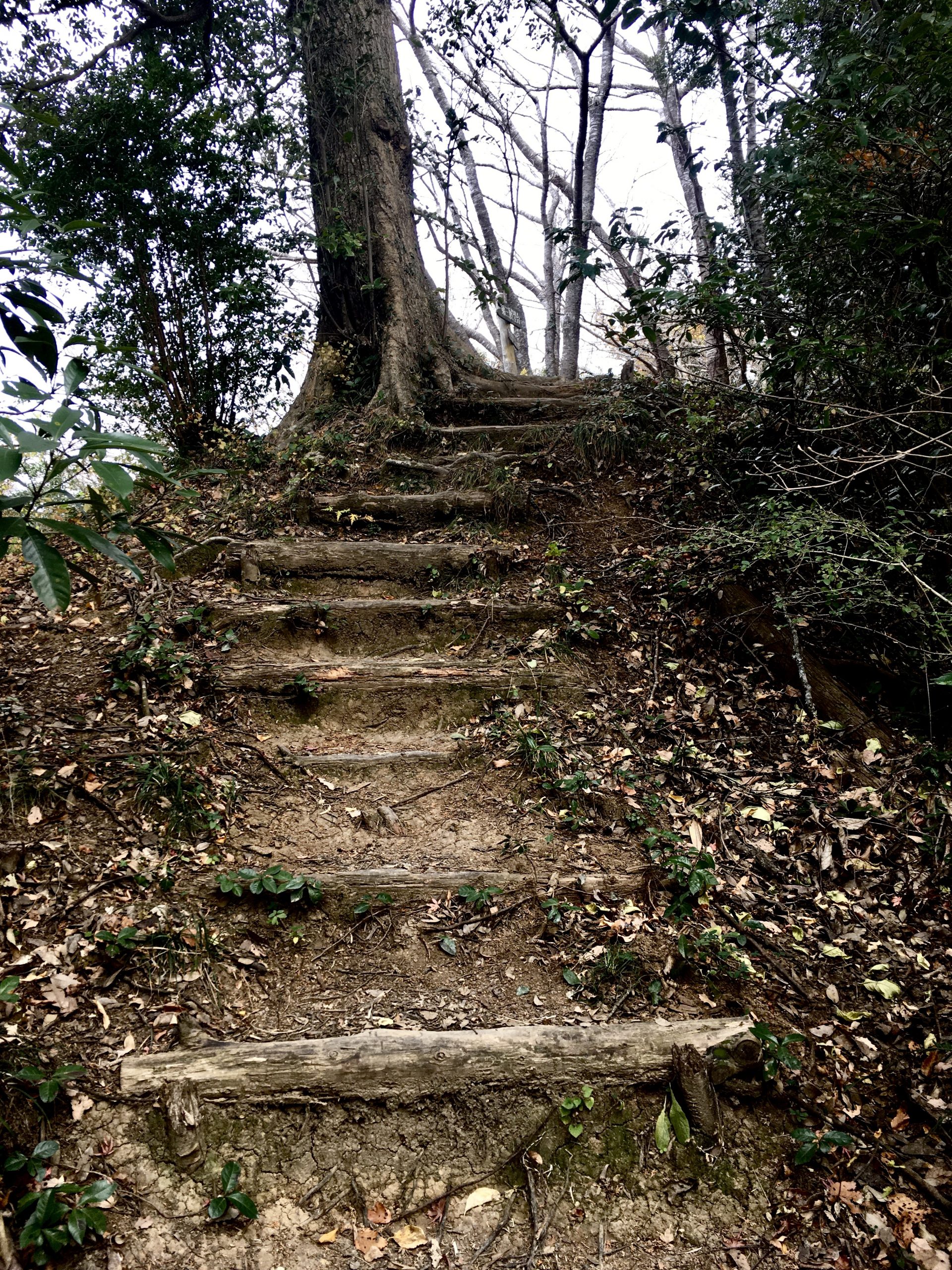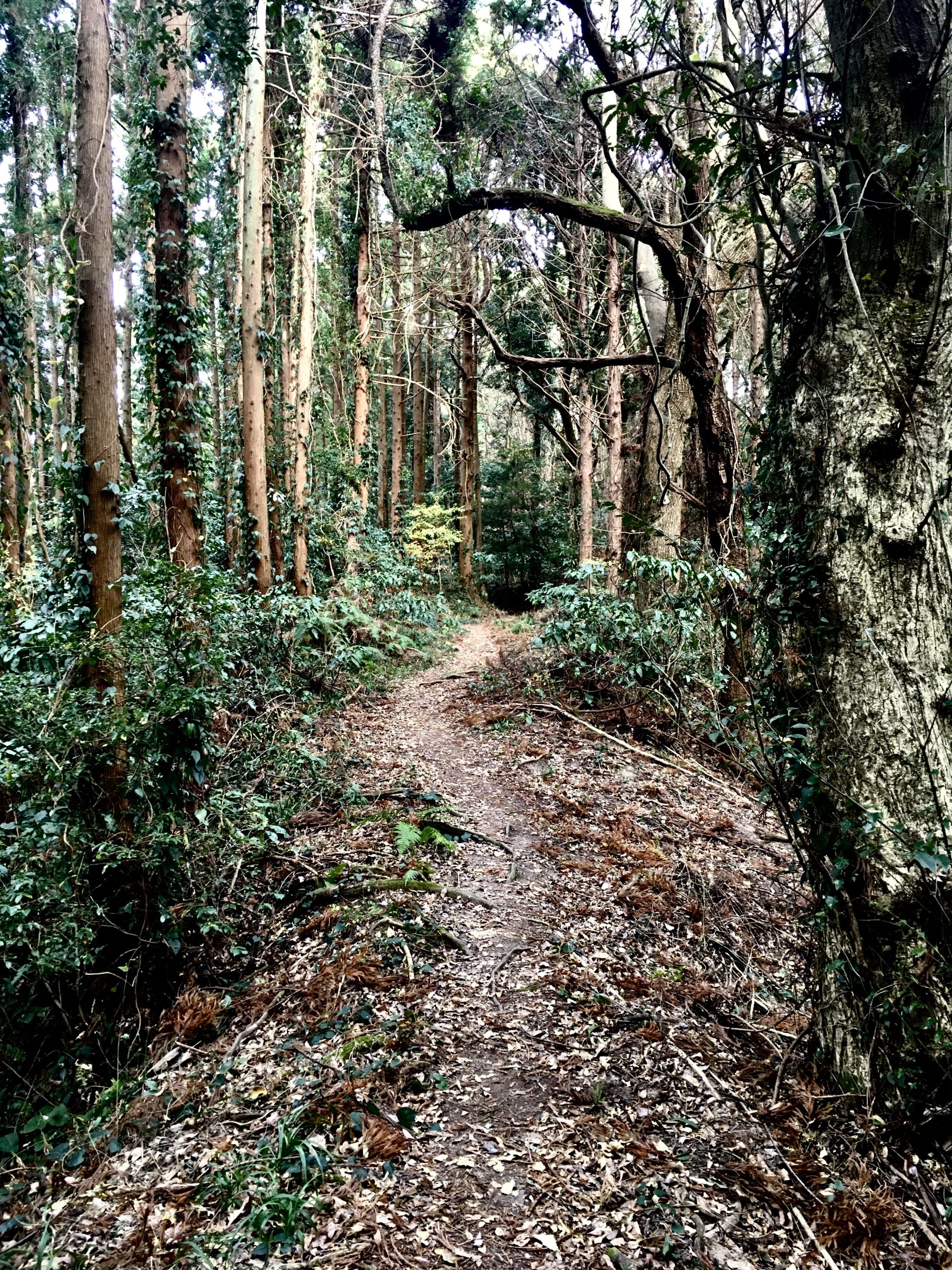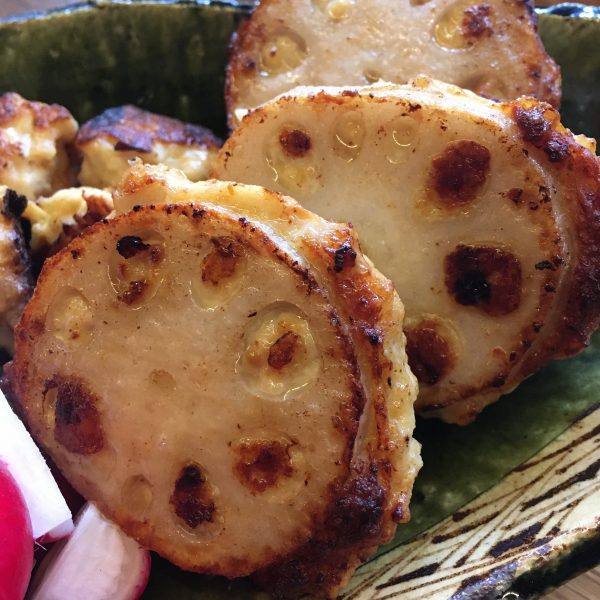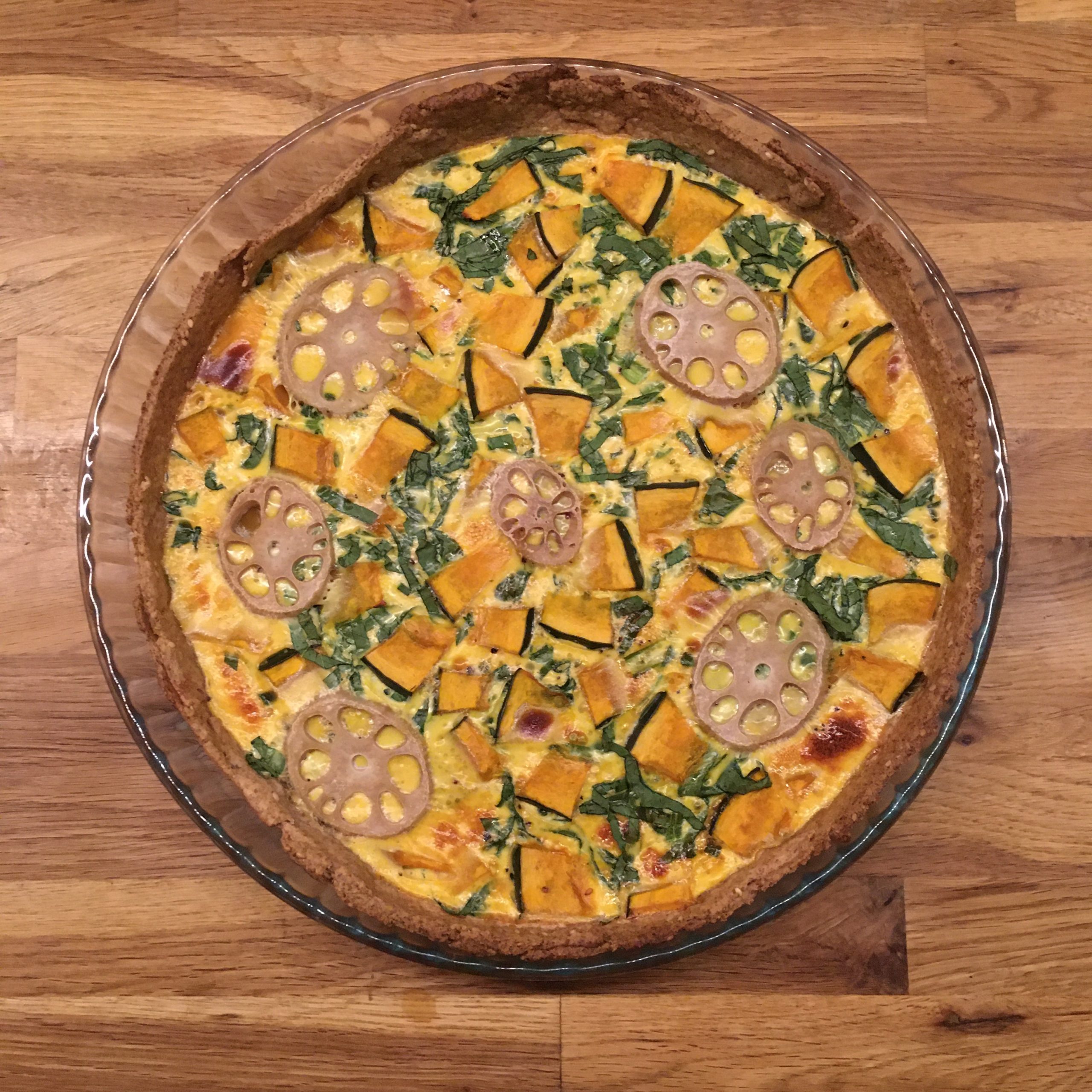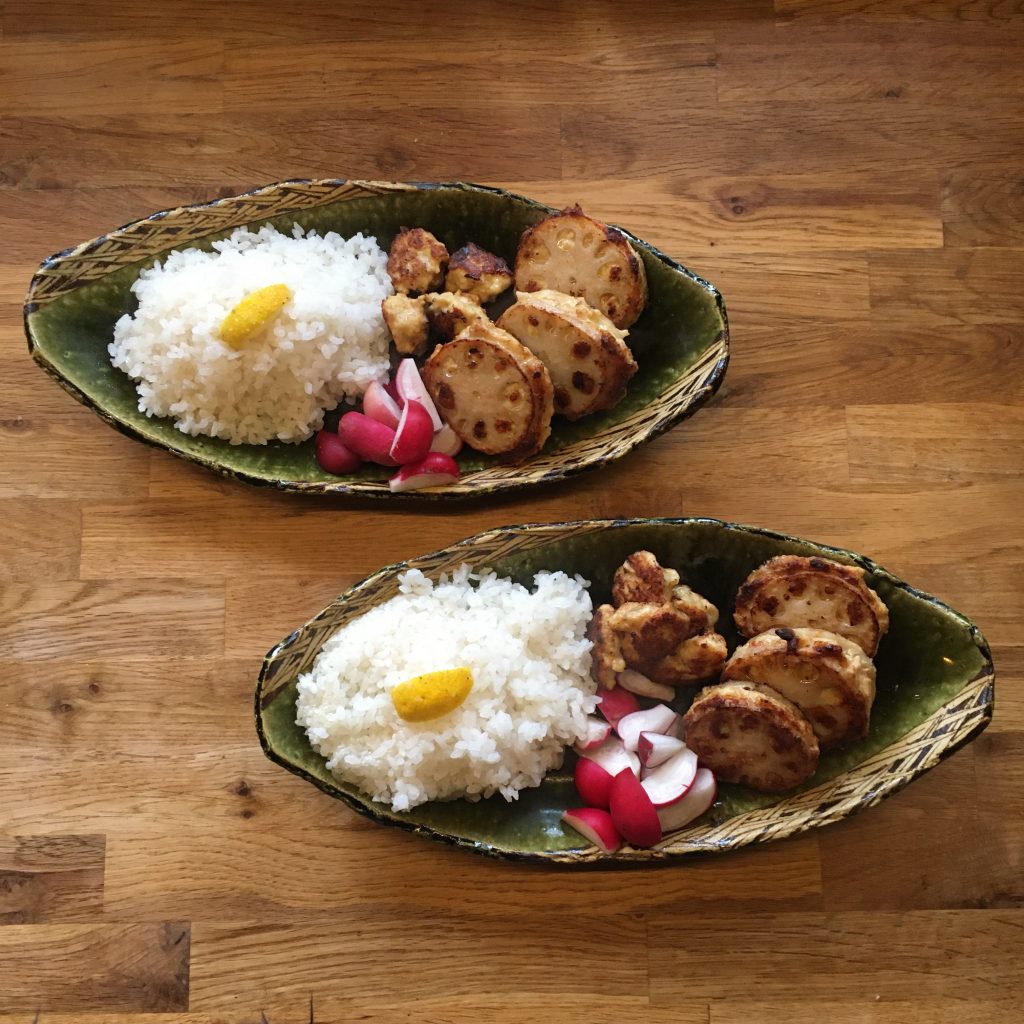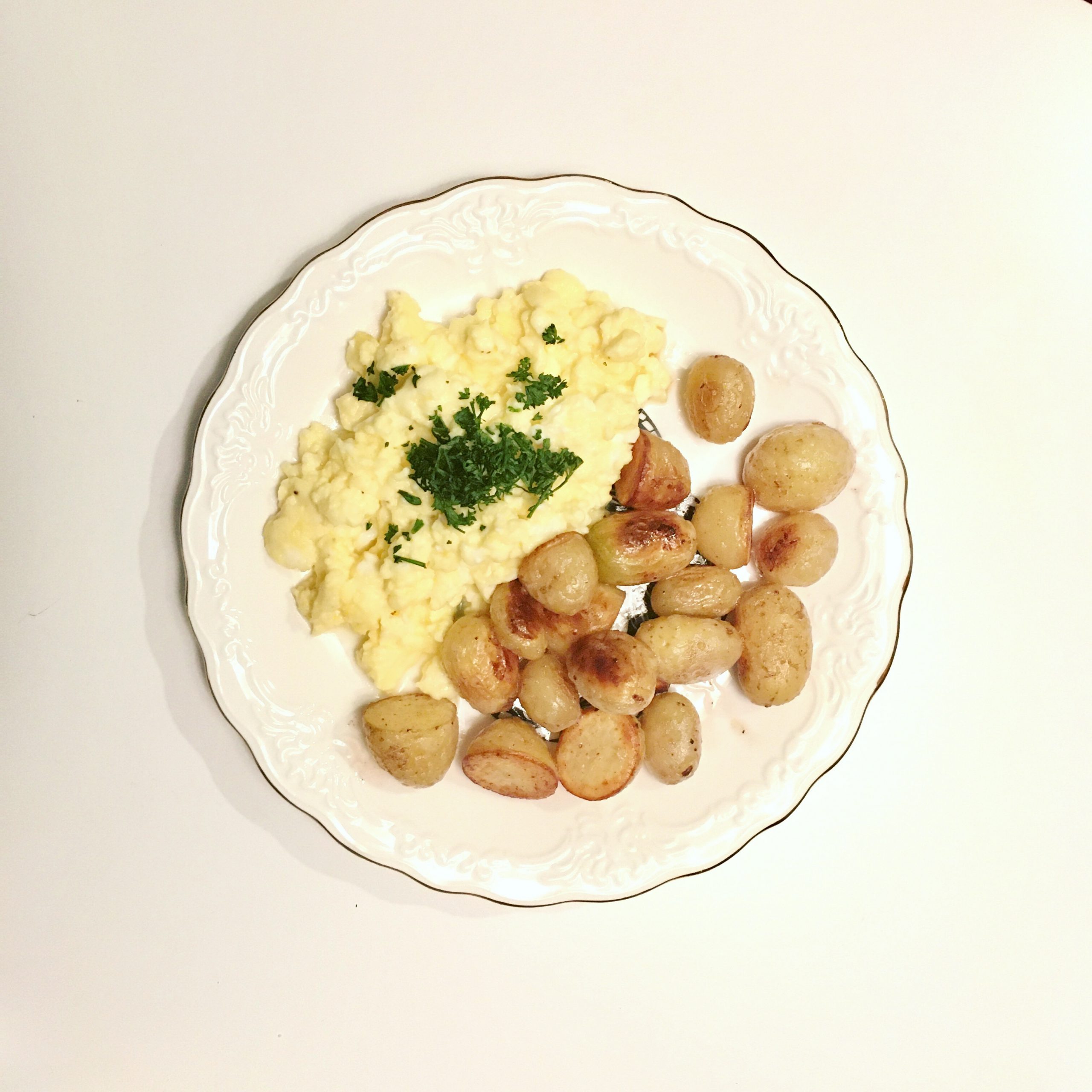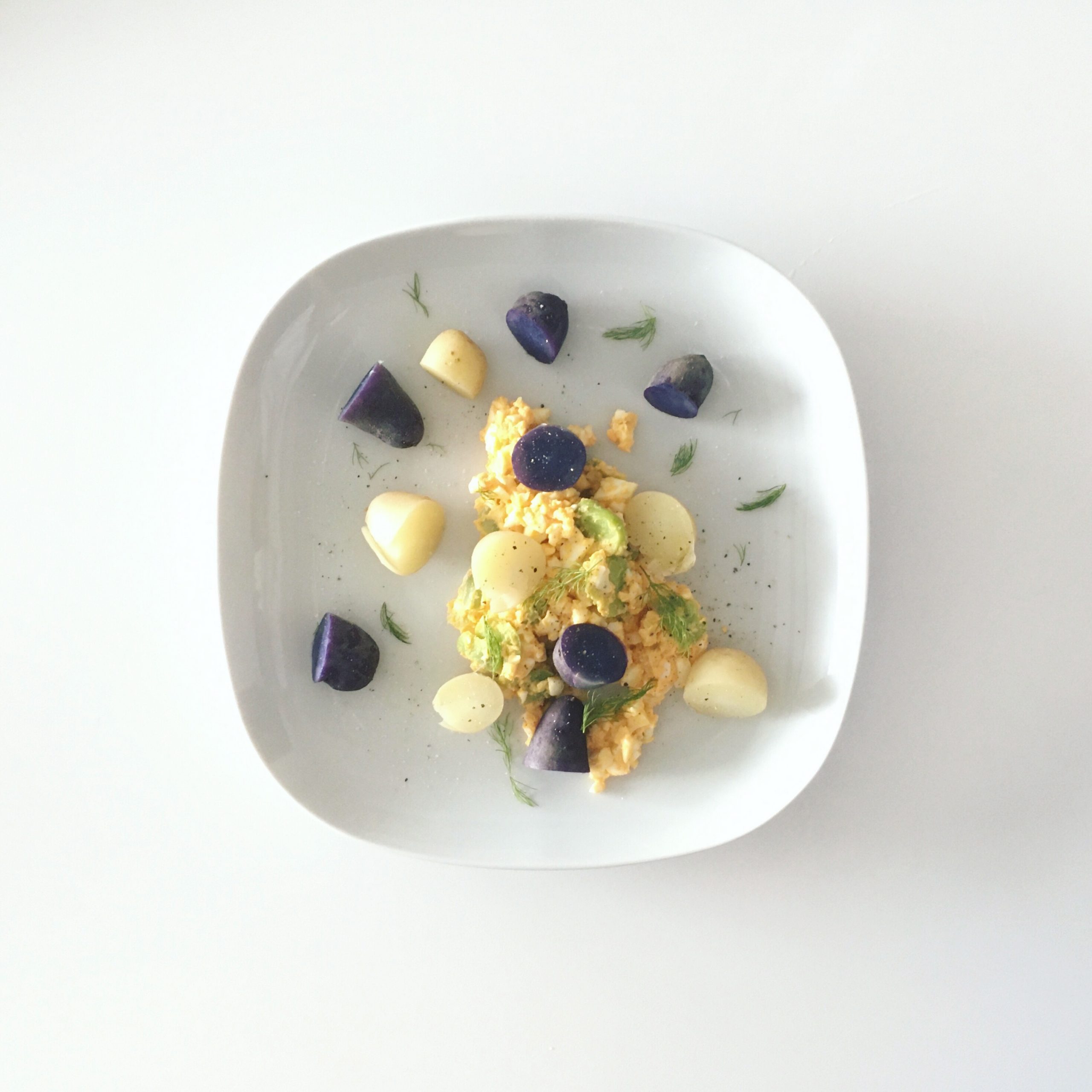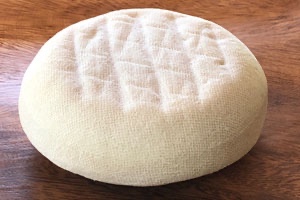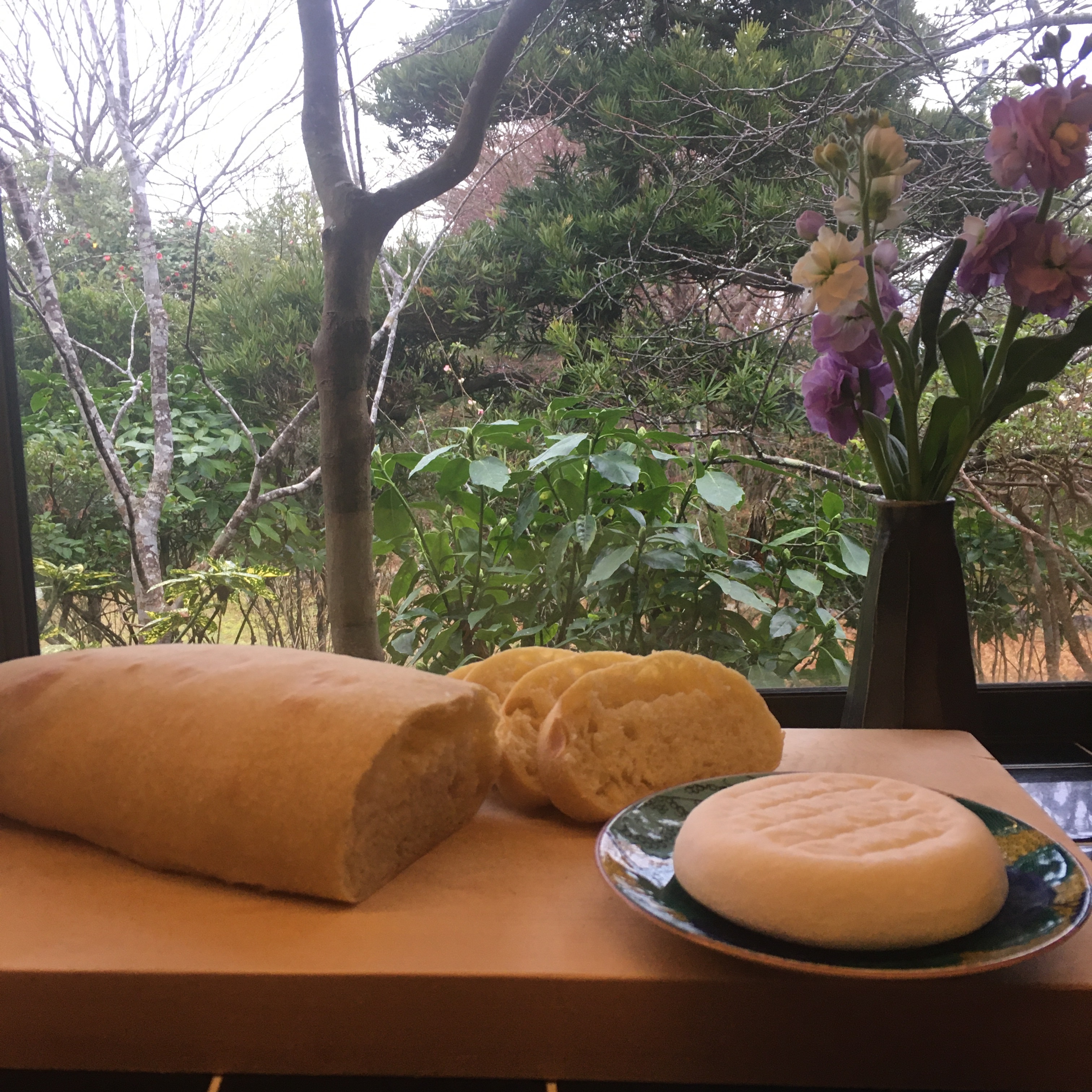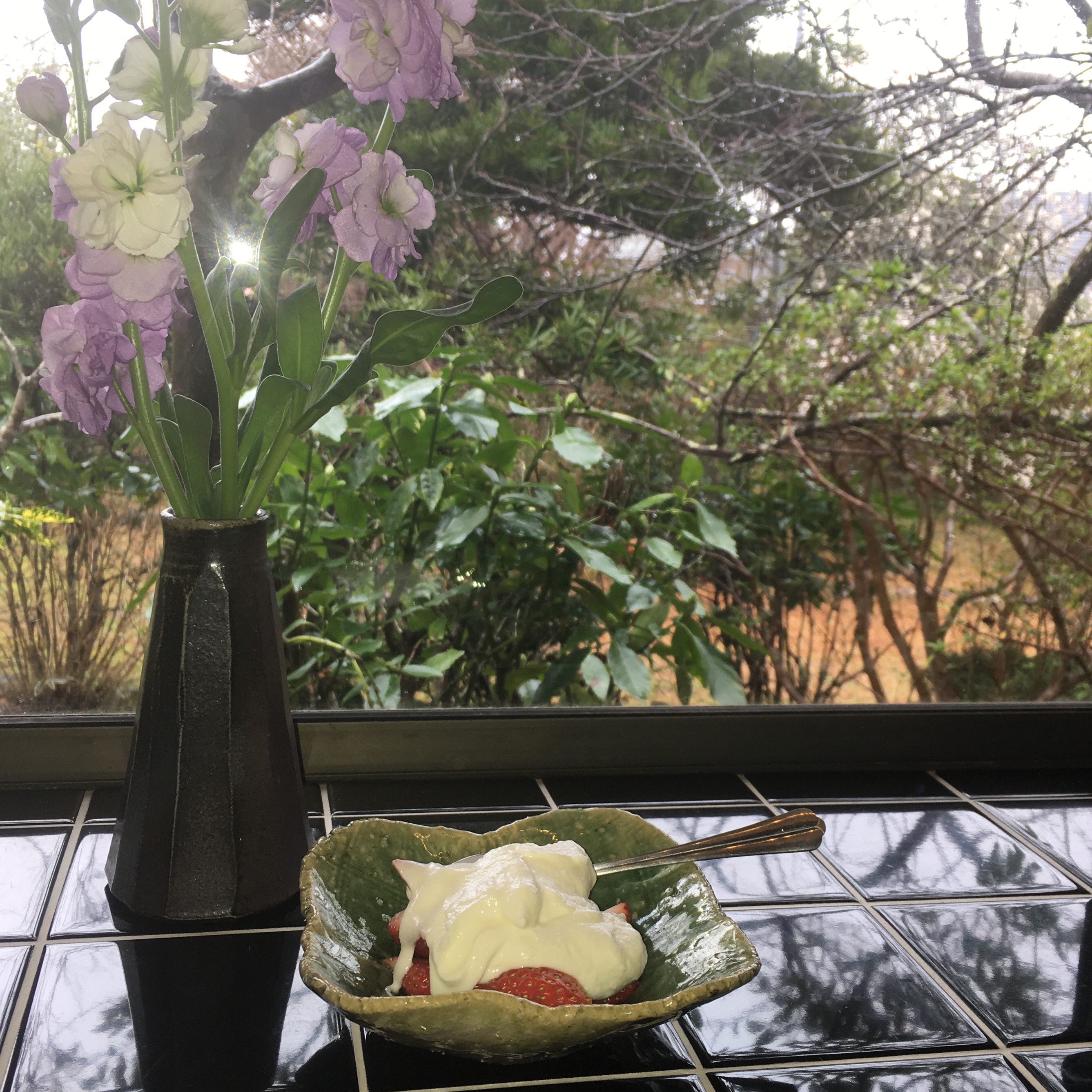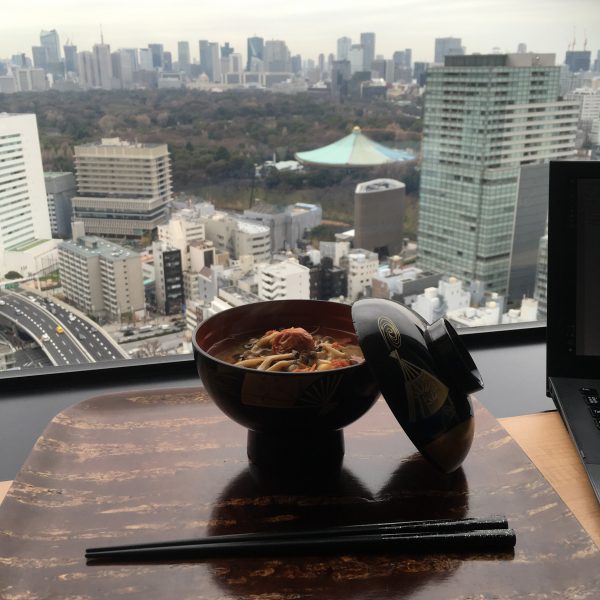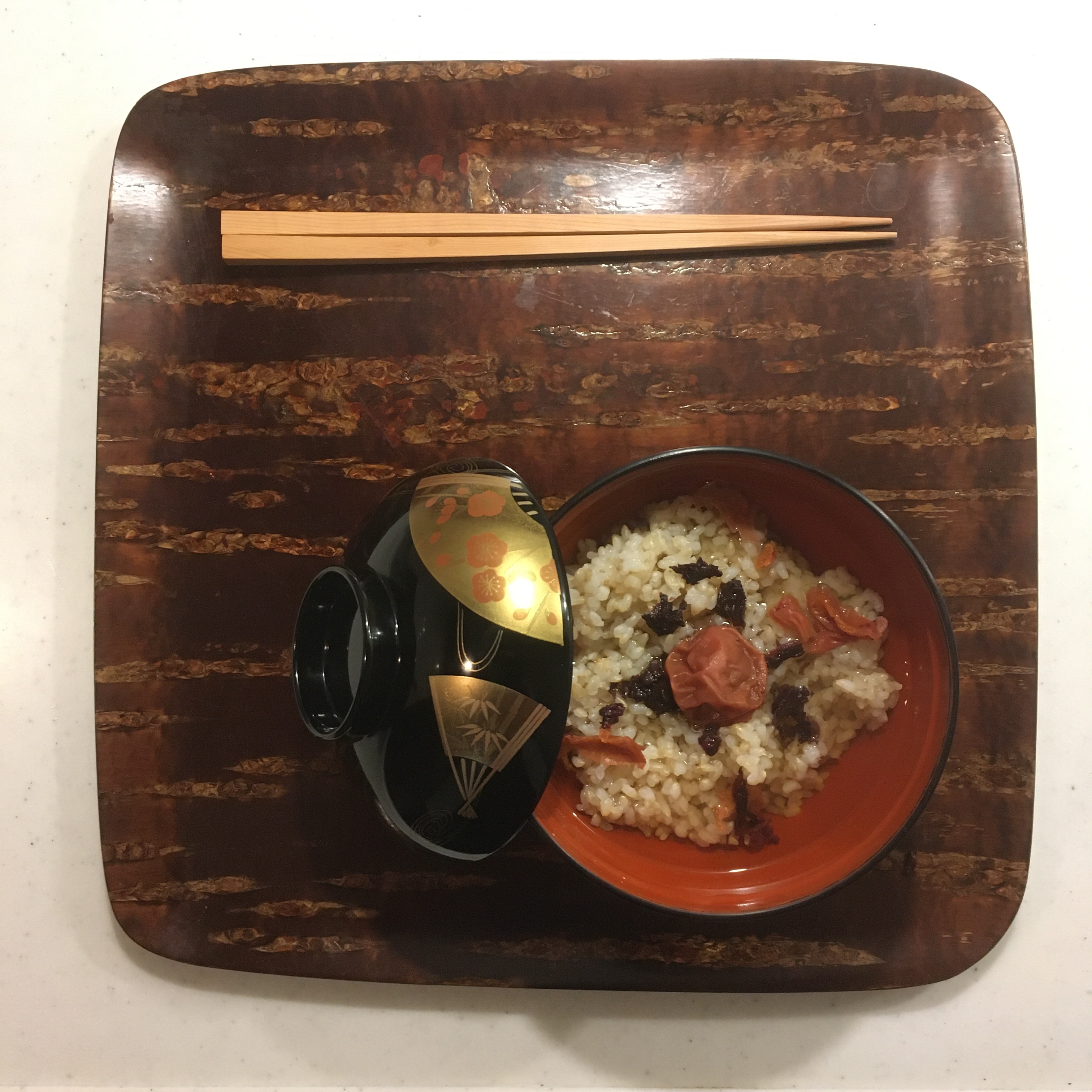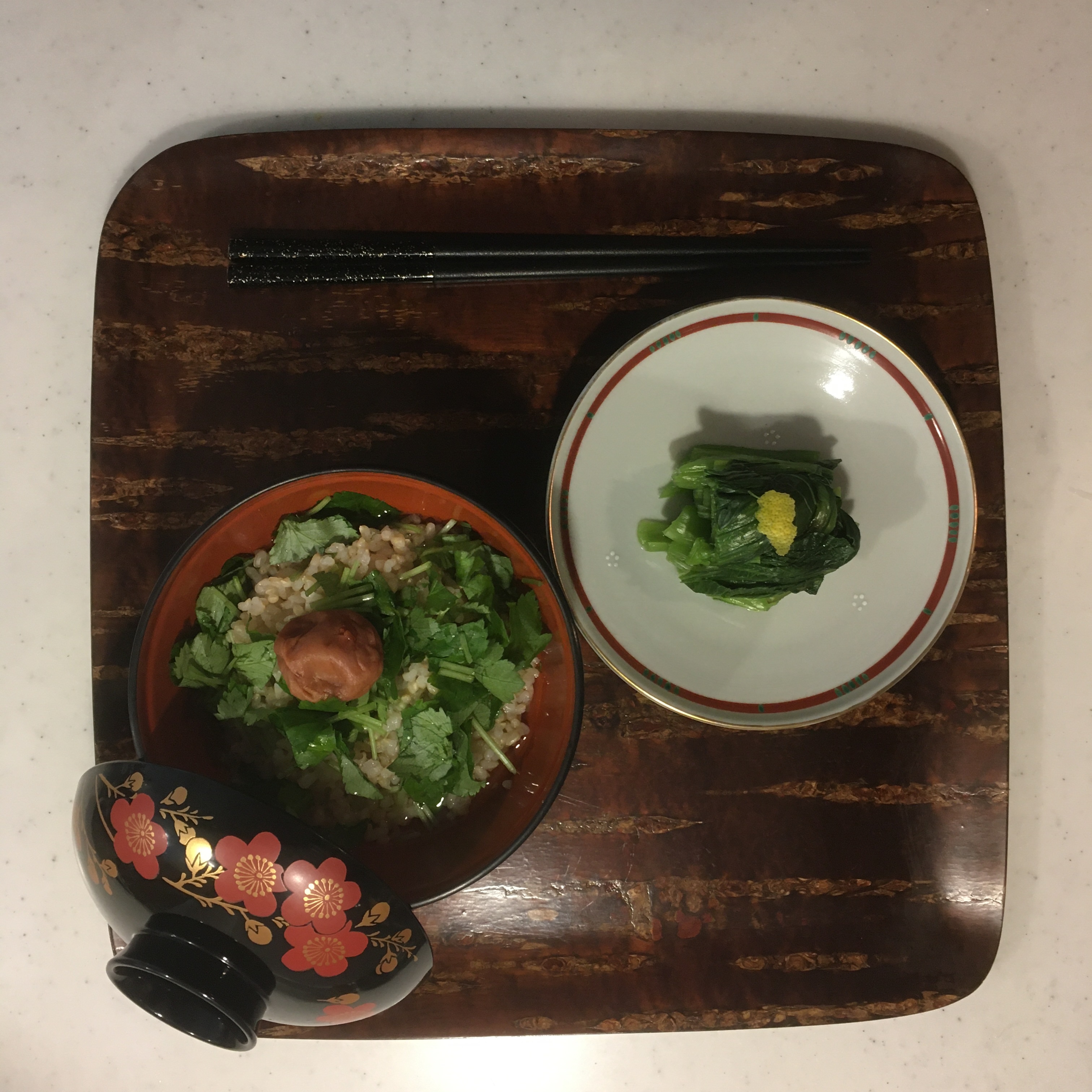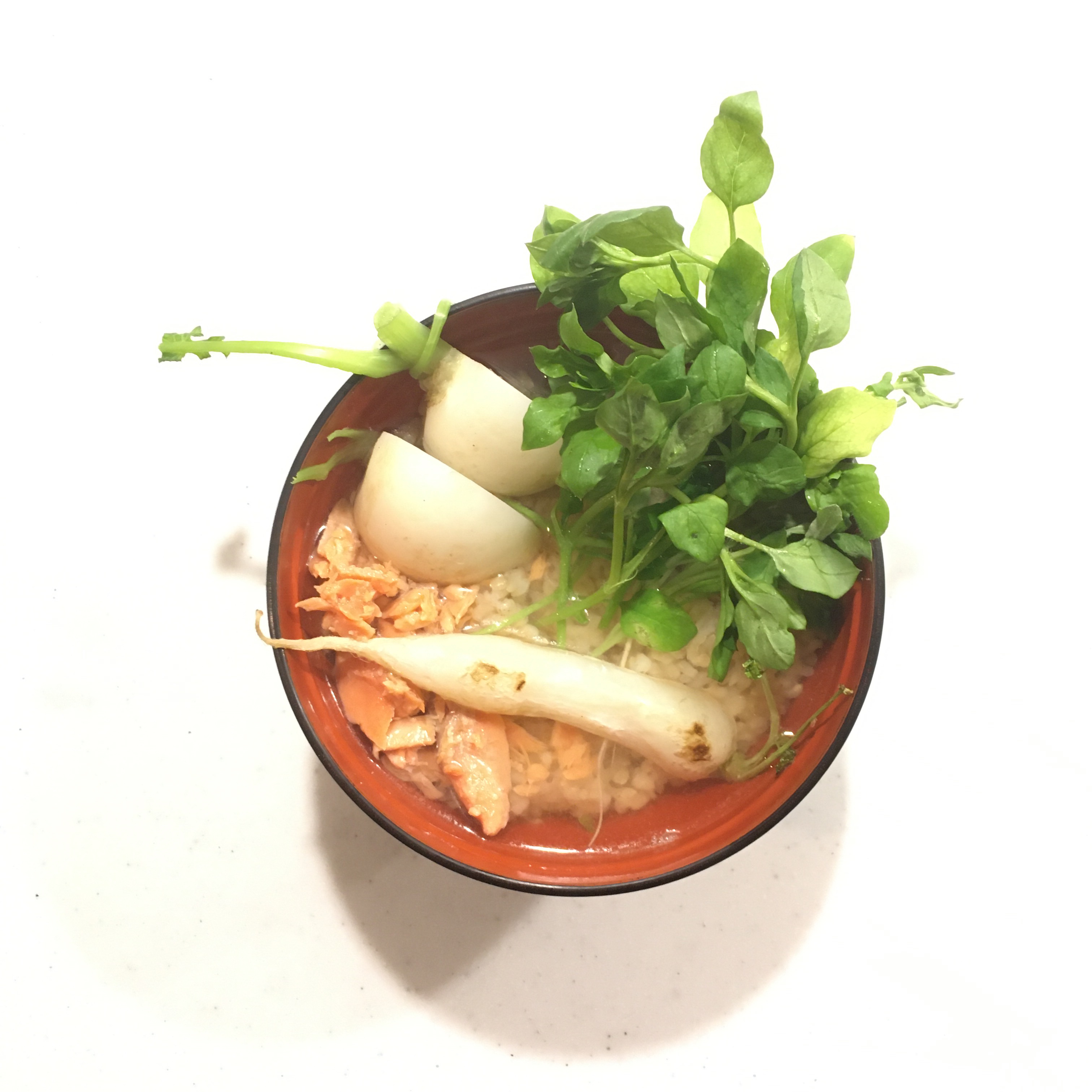18 years ago today we arrived in Tokyo with not much of a plan, I would be working at the University of Tokyo for 2 years, and A. would see how the job market is for him. Not speaking a word of Japanese, but with a few good friends in Tokyo, Japanese and French.
18 years later we are still there… still discovering, still learning.
I took this opportunity to browse the website we created when we moved in 2004. A journal where we shared our life day after day more or less, with pictures and movies (you will see two soon at the end of this post, but not today because my phone doesn’t want to save them…). We never called it a blog because we never used any such platform, rather, A. developed for us a custom site I could easily use to upload posts, images and recipes, because even back then I was sharing recipes!!!
The very first one I shared may have been nikku jagga, if not shiitake and chicken takikomi gohan. The pictures were bad… really… not that they are much better now 😉 but I have made some progresses and digital cameras and screens resolution have improved a lot. Those pictures back then were supposed to be seen in tiny size, we compressed them a lot to have enough space on our server!!! Judge by yourself below, if you can ever guess what is in the bowl.
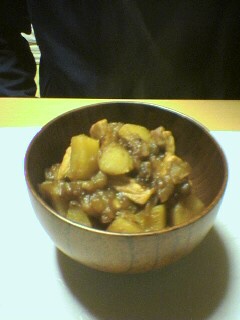
I’m a forward looking person, so I will spare you a review of these 18 years. They are what they are, and I am happy like that. But sure things are that those bowls are still in use, and today, incidentally I ironed with the cordless iron I bought when we moved in, with the same ironing table you will see in the movie…
No recipe today but I may dig one from my old website…
P.S.: the top picture is a 2004 picture of Shinobazu ike, of the now gone Novotel. A beautiful pagoda-like construction, now replaced by an ugly insipid common tower mansion.


